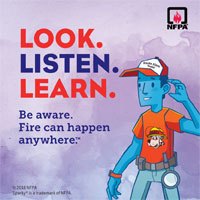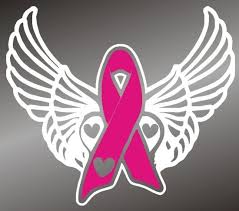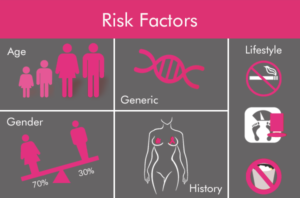In a typical home fire, residents may have as little as one to two minutes to escape safely from the time the smoke alarm sounds. Escape planning and practice can help them make the most of the time they have, giving everyone enough time to get out.
Plan and Practice your Escape ™Fire Prevention Week / October 6-12, 2019 Not every hero wears a cape.Why is it important to have a family escape plan?
Fire is FAST!In less than 30 seconds a small flame can turn into a major fire. It only takes minutes for thick black smoke to fill your home. Fire spreads too quickly and the smoke is too thick. There is only a short time to escape.
Fire is HOT! Room temperatures in a fire can be 100 degrees at floor level and rise to 600 degrees at eye level. If you inhale this super-hot air, it will scorch your lungs.
Fire is DARK!Fire starts bright, but quickly makes black smoke and complete darkness. If you wake up to a fire you may be blinded, disoriented and unable to find your way around your home.
Fire is DEADLY!Smoke and toxic gases kill more people than flames do. The odorless, colorless fumes can lull you into a deep sleep before the flames reach your door. You may not wake up in time to escape.
- 3 of every 5 home fire deaths resulted from fires in homes with no working smoke alarms
- Less than 50% of homeowners have an escape plan
- Carbon monoxide (CO) is the #1 cause of accidental death
- 60% of consumers do not test their smoke and CO alarms monthly*
- Only 47% of people report having CO alarms in their home
- Just 43% of homeowners have an escape plan
Are You Fully Protected?
Having functioning alarms installed throughout your home is the first line of defense for fire prevention. They work around the clock to give your family an early alert in the event of an emergency, allowing you time to safely escape. Smoke and CO alarms should be placed on every level of the home, including the basement, as well as inside and outside each bedroom. Fire alarms should also be placed on every level of the home, especially in the kitchen and garage.
Take this opportunity to discuss fire safety with your family!



